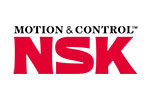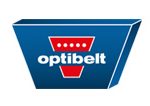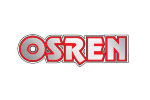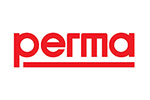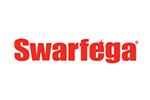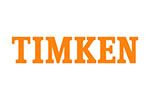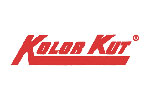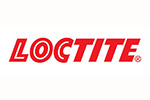FEATURED CONTENT
ANGULAR CONTACT BALL BEARING
The structure of Single-Row Angular Contact Ball row angular contact ball bearings, particularly in the main spindles of machine tools where high running accuracy is crucial.
Bearings with a contact angle of 30° (A) or 40° (B) typically use pressed steel, molded resin, or machined brass cages, though machined synthetic resin or specialized polyamide resin cages are used for certain applications.
Matched angular contact ball bearings come in a variety of arrangment types to suit loads in a particular application.
Double-Row Angular Contact Ball Bearings A back-to-back paired mounting of single-row angular contact ball bearings is turned into a bearing with a single inner ring and outer ring. Double-row angular contact ball bearings are often used as fixed-end bearings as they can sustain axial loads in both directions and have the capacity to take moment loads.
These bearings feature pressed steel cages.
Four-point-contact ball bearings feature an inner ring split into two pieces. Just one of these bearings can sustain significant axial loads in both directions.
A contact angle of 35° allows for high axial load capacity. This type is suited for carrying pure axial loads or combined loads where the axial load is high.
These bearings feature machined brass cages.




